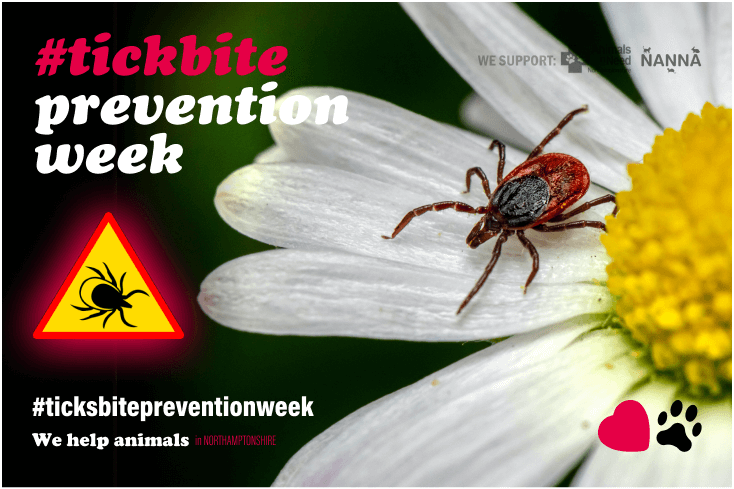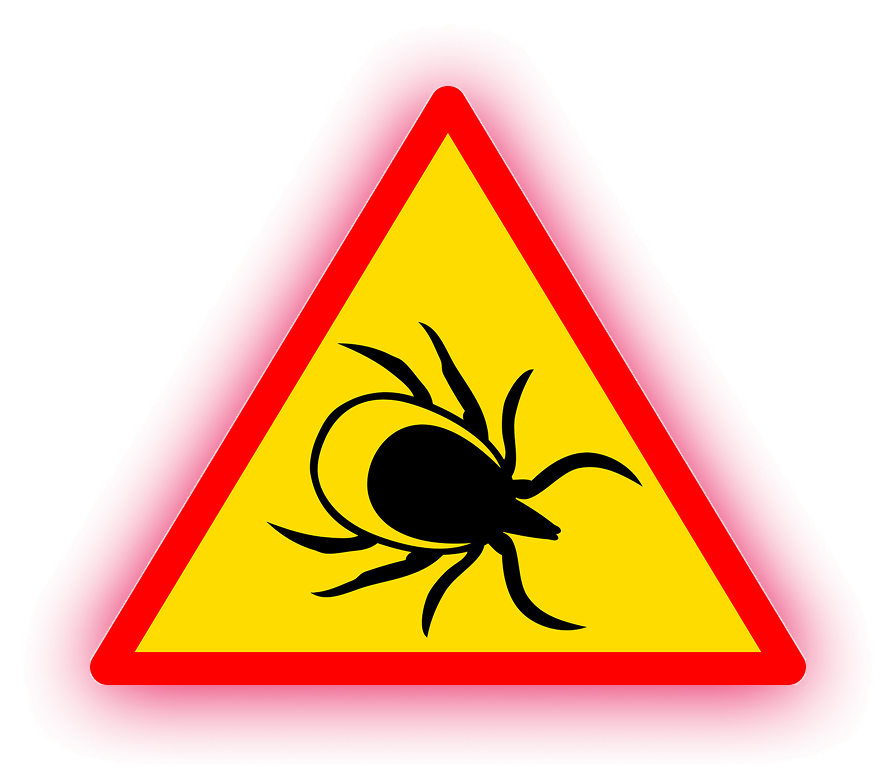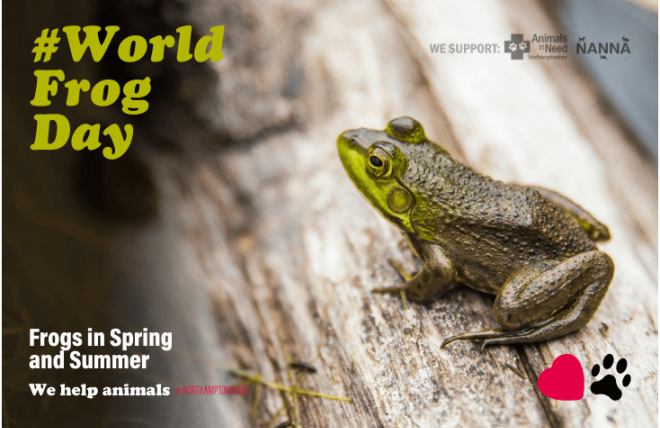
Appearances May Be Deceiving: Ticks ARE Dangerous to Your Pets
Ticks are more than just a nuisance—they pose serious health risks to both pets and humans. These parasites transmit a range of diseases, including Lyme disease, which can affect dogs, cats, and even people. Protecting your pets from ticks is essential, especially as new tick species have emerged in Europe since 2020-2021, raising concerns about previously unknown illnesses.
Where Are Ticks Most Common in the UK?
Ticks thrive in wooded areas, tall grass, bushes, and leaf piles, particularly in southern England, the Scottish Highlands, and parts of Wales. The highest risk zones include:
- South East England (Surrey, Sussex, Hampshire)
- South West (Devon, Cornwall)
- The New Forest
- Scotland (Highlands and forested areas)
These regions have dense vegetation and high deer populations, creating ideal conditions for ticks.
Diseases Ticks Can Cause
- Lyme Disease – A bacterial infection causing lethargy, fever, swollen joints, and lameness. In severe cases, it can lead to kidney or neurological issues.
- Babesiosis – A rare but serious disease affecting dogs, leading to anaemia, fever, and weakness. It has been detected in parts of Essex and the South East.
- Anaplasmosis – Symptoms include fever, lethargy, joint pain, and loss of appetite.
- Tick-Borne Encephalitis (TBE) – A virus that affects the nervous system, recently identified in the UK.
How to Protect Your Pets from Ticks
|
|
Use a quality tick prevention productsuch as Credelio (a treatment that kills ticks before they can transmit disease, tablets come in various forms - to be swollen or chewable form) or Bravecto (a longer-lasting option). |
 |
Check your pet dailyfor ticks, especially after walks in high-risk areas. Focus on the ears, belly, paws, and neck. |
 |
Remove ticks correctlywith a tick removal tool—never squeeze or twist the tick, as this can leave parts embedded in the skin. |
 |
Keep your garden tick-freeby mowing the lawn, trimming bushes, and avoiding overgrown vegetation. |
 |
Talk to your vetabout the best tick-prevention routine for your pet. Never overdose treatment and sign up to a subscription if you can. |
PLEASE NEVER USE EXPIRED PRODUCTS ON YOUR PETS AND DISPOSE OF THEM RESPONSIBLY. CONTACT US AND WE WILL HELP / GUIDE YOU.
Final Thoughts
With the rise of new tick species in Europe, it’s more important than ever to protect your pets year-round. Early prevention is key to avoiding severe health complications. If you notice unusual symptoms in your pet, consult your veterinarian immediately. Stay vigilant and ensure your pets remain tick-free!







